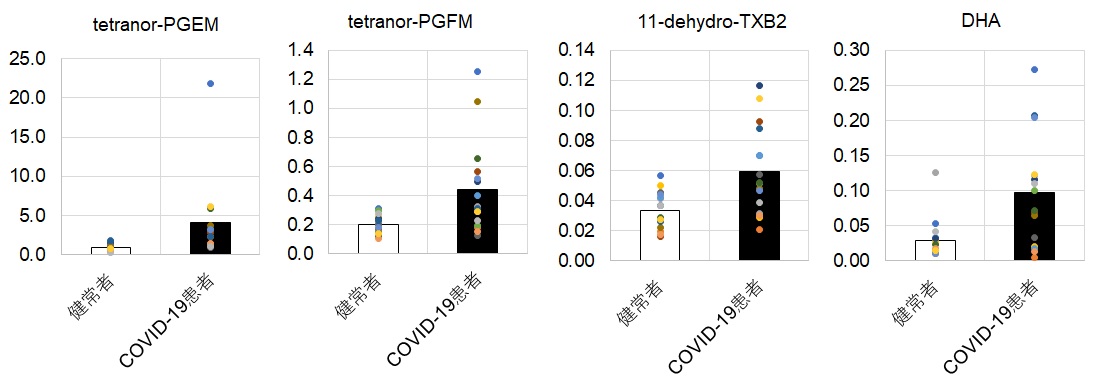新しい方法は、より環境に優しく、クリーンで安全、かつ費用対効果の高い細胞ベースの肉の生産方法である New method is a greener, cleaner, safer and more cost-effective way to produce cell-based meat
2022-09-26 シンガポール国立大学(NUS)
研究チームは、磁気パルスを使用して細胞ベースの肉の成長を刺激する従来にない方法を考え出した。
研究チームが開発した微妙に調整されたパルス磁場を用いて、骨格筋や骨髄組織に存在する筋原性幹細胞を培養するものです。
10分間という短い時間、磁場にさらされることで、細胞は再生、代謝、抗炎症、免疫強化の特性を持つ無数の分子を放出する。これらの物質は、筋肉の「セクレトーム」(分泌因子のこと)と呼ばれるものの一部で、細胞の成長、生存、組織への発達に必要なものである。
筋原性幹細胞は、栄養豊富なセクレトームを生産するための持続可能で環境に優しいバイオリアクターとして機能し、細胞ベースの肉を消費する規模に成長させることができる。
研究チームは、分泌されたタンパク質を不健康な細胞の治療に使用し、不健康な細胞の回復と成長を促進するのに役立つことを見いだした。
<関連情報>
- https://news.nus.edu.sg/novel-technique-to-grow-meat-in-the-lab-using-magnetic-field/
- https://www.sciencedirect.com/science/article/pii/S0142961222002988?via%3Dihub
方向性を特定したパルス電磁場の短時間曝露は、細胞外小胞放出を刺激し、ストレプトマイシンによって拮抗する。再生医療と食品産業におけるパラダイムの可能性 Brief exposure to directionally-specific pulsed electromagnetic fields stimulates extracellular vesicle release and is antagonized by streptomycin: A potential regenerative medicine and food industry paradigm
Craig Jun KitWong,Yee KitTai,Jasmine Lye YeeYap,Charlene Hui HuaFong,Larry Sai WengLoo,MarekKukumberg,JürgFröhlich,SitongZhang,Jing ZeLi,Jiong-WeiWang,jAbdul JalilRufaihah,AlfredoFranco-Obregón
Biomaterials Available online :6 July 2022
DOI:https://doi.org/10.1016/j.biomaterials.2022.121658

Abstract
Pulsing electromagnetic fields (PEMFs) have been shown to promote in vitro and in vivo myogeneses via mitohormetic survival adaptations of which secretome activation is a key component. A single 10-min exposure of donor myoblast cultures to 1.5 mT amplitude PEMFs produced a conditioned media (pCM) capable of enhancing the myogenesis of recipient cultures to a similar degree as direct magnetic exposure. Downwardly-directed magnetic fields produced greater secretome responses than upwardly-directed fields in adherent and fluid-suspended myoblasts. The suspension paradigm allowed for the rapid concentrating of secreted factors, particularly of extracellular vesicles. The brief conditioning of basal media from magnetically-stimulated myoblasts was capable of conferring myoblast survival to a greater degree than basal media supplemented with fetal bovine serum (5%). Downward-directed magnetic fields, applied directly to cells or in the form of pCM, upregulated the protein expression of TRPC channels, markers for cell cycle progression and myogenesis. Direct magnetic exposure produced mild oxidative stress, whereas pCM provision did not, providing a survival advantage on recipient cells. Streptomycin, a TRP channel antagonist, precluded the production of a myogenic pCM. We present a methodology employing a brief and non-invasive PEMF-exposure paradigm to effectively stimulate secretome production and release for commercial or clinical exploitation.


